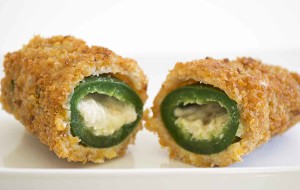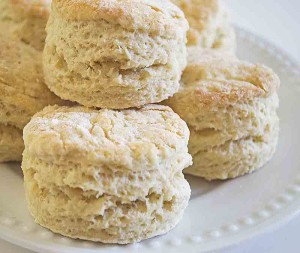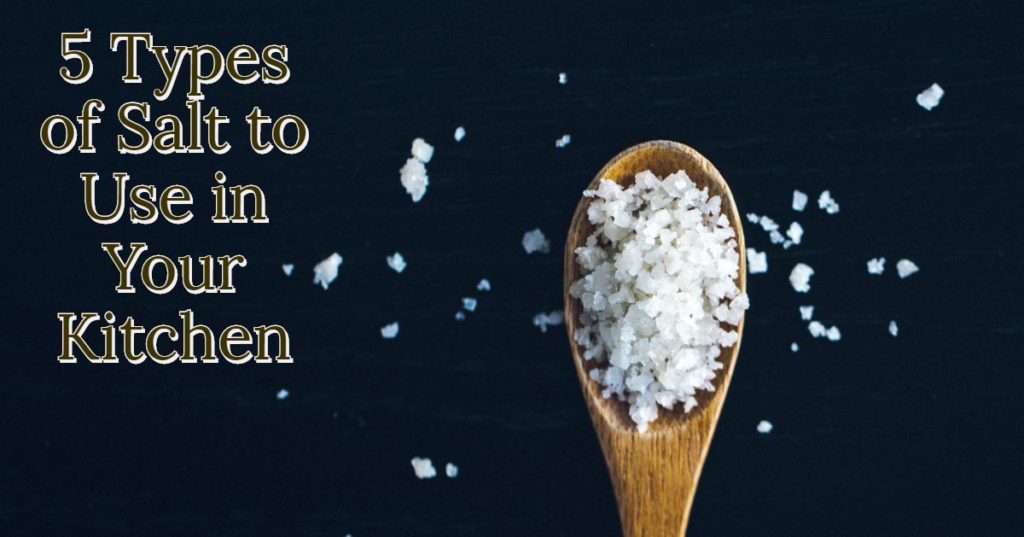
Disclaimer: this post contains affiliate links, sales made through such links may reward me a small commission – at no extra cost for you.
Salt is perhaps the most well known, and commonly used seasoning in almost any kitchen. To the extent that rather than being relegated to the herb and spice rack, salt is given a place at the table. Personally I keep a large jar of it beside the stove for easy access as I am cooking. It is one of the few spices that is used by nearly every culture, and in nearly every cuisine. Salt is added to breakfast, lunch and supper meals and used in pasta, baking, soups, stir fries and nearly every other style of recipe.
This prevalence may come from the fact that it is one of the only seasonings that can be naturally found on any continent in the world. Or perhaps it is because it has been used for thousands of years, with documented use as far back as ancient Egypt. Over this time it has become ingrained in our culture and is a flavor we crave and recognize. One thing is for sure, salt enhances the flavors of our food and makes many of our meals better for it’s presence.
In modern times the majority of people have become used to salt being a uniform seasoning that is more or less the same. Salt is salt right? Well yes but not really. There are many types of salt all with there own unique characteristics and flavors.
Table Salt
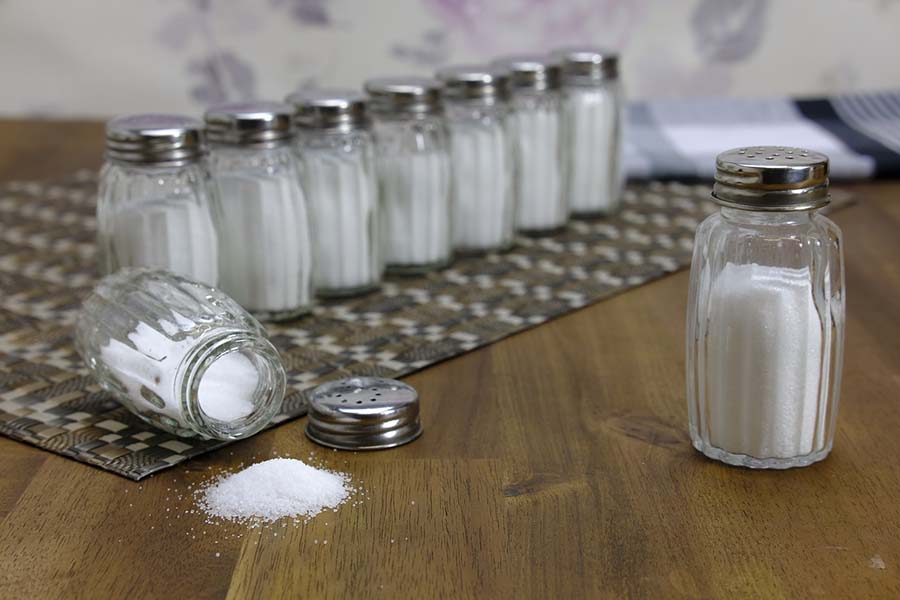
This is generally what comes to mind when most people think of salt. It is the regular salt that you find in most kitchens and restaurants. Table salt is highly refined, and has had most of it’s trace minerals and impurities removed. This means that is nearly pure sodium chloride with a small touch of anti-caking agents to keep it from clumping. Most table salt is also fortified with iodide, a trace mineral that our bodies need. This is why you will often see “iodized” on the labels of salt packages and packets.
Kosher Salt
Kosher salt is the type of salt traditionally used in koshering meat. It is also refined but has a coarser grain than table salt and generally does not have the addition of iodide or anti-caking agents. While traditionally used for koshering it has become popular with modern chef’s. It’s larger grains make it ideal for spice mixes, and rubs, or for sprinkling over a dish. The large grains of kosher salt also add a nice pop of salty flavor as the recipes it has been added to are eaten.
Sea Salt
Sea salt is really any salt that is harvested by evaporating sea water. As a result of this and because it is normally not refined, sea salt has a much higher content of minerals than table or kosher salt. It is also generally a bit harder with a coarser grind than table salt.
Since it contains minerals left over from the evaporated water, sea salt will be a little bit different depending on what part of the world it has been harvested from. This will impart different color tones, textures and flavors into the salt.
Himalayan Pink Salt
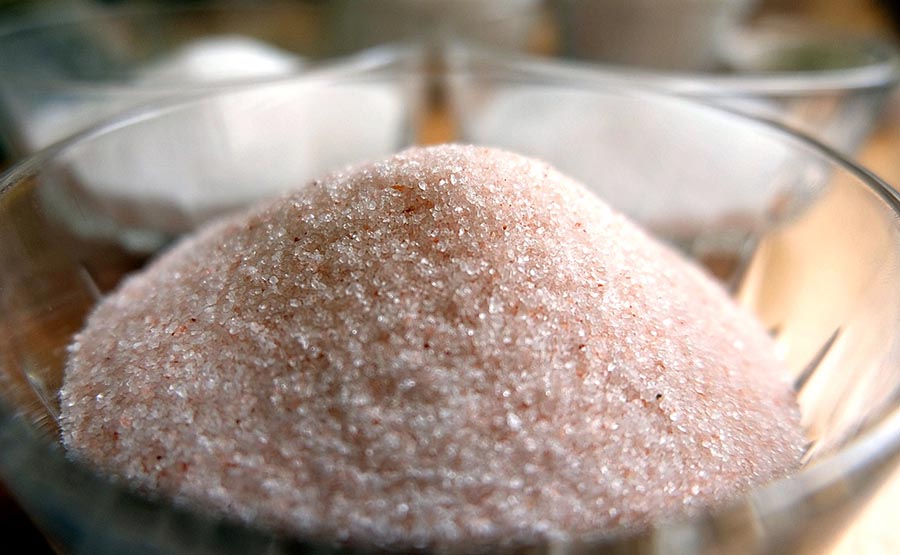
Himalayan salt is a unique salt that is harvested by hand in the Himalayan mountains. Himalayan salt has many trace minerals that give it a pink hue. As well as adding color these minerals impart a unique flavor to the salt. This salt is said to have various health benefits because of the mineral composition, however there have been no clinical studies proving this.
It is however my own personal preference when it comes to salt. It is not heavily refined like everyday table salt, has it own unique flavor, and it is pretty. Some people feel that it is expensive, and compared to table salt it is, but when you can get it for under $5 a pound, unless you are using a whole lot of salt it really does not make a difference in the grocery budget.
Fluer de Sel
Flure de sel is technically sea salt, but it is so much more. It is the pinnacle of what salt can be and the name translates to “flower of salt”. Hand harvested from tidal pools in France by racking salt crystals from the top of the water. This creates a salt that is light, flaky, and delicate. Since it runs to $20 or more a pound this is not something that you add into recipes on a whim, but use as a finisher to sprinkle over a dish before serving.





